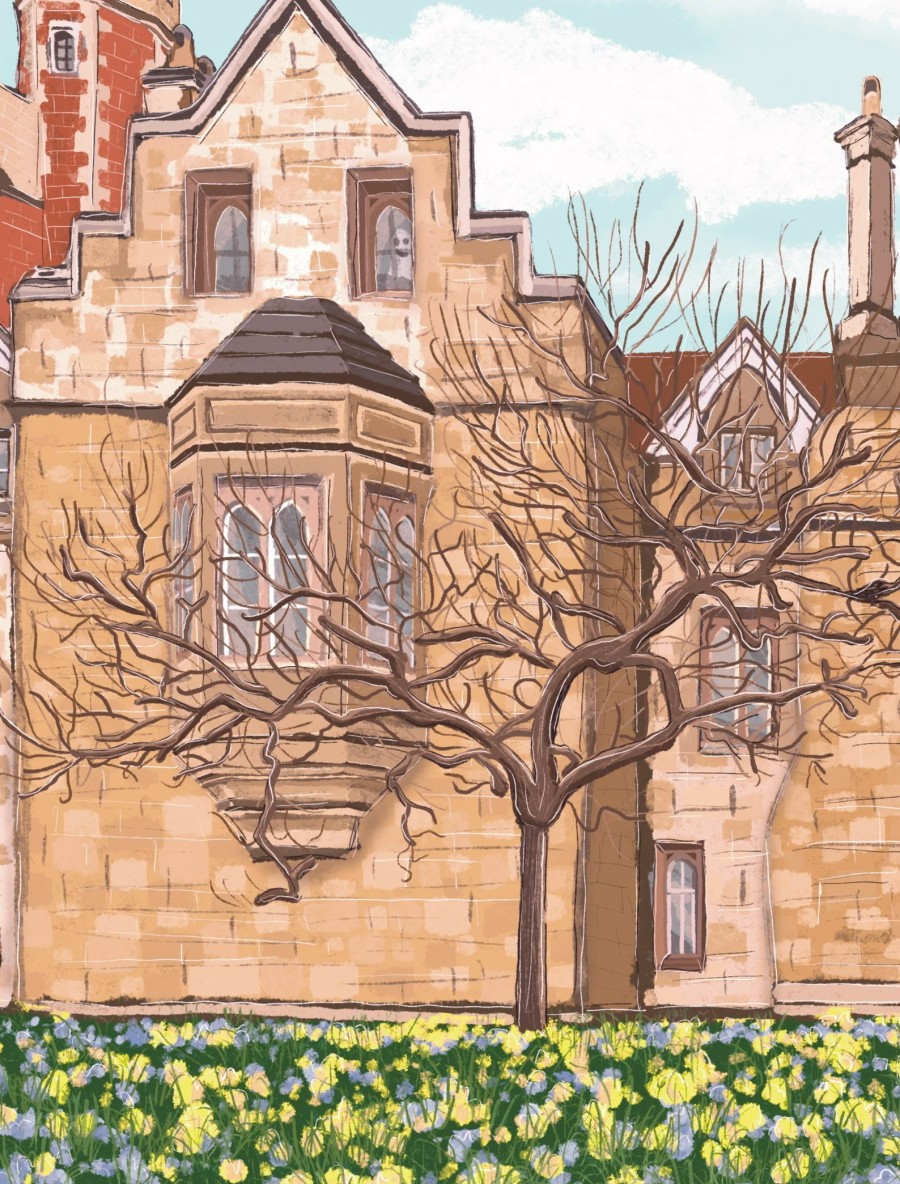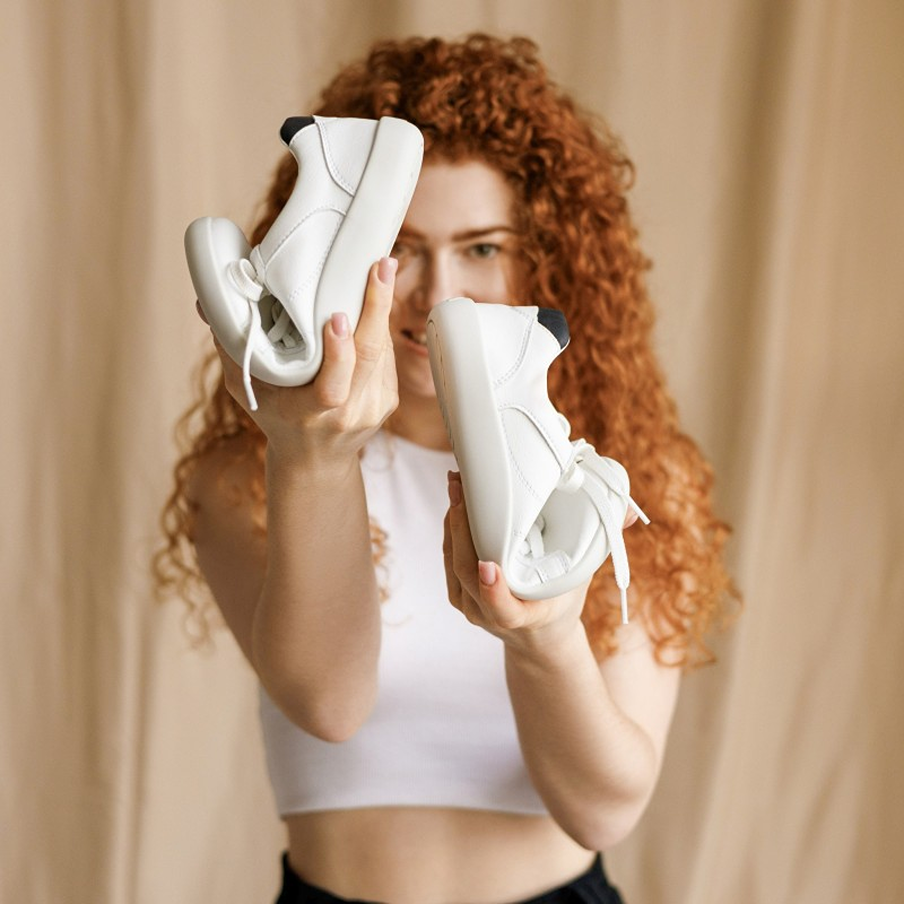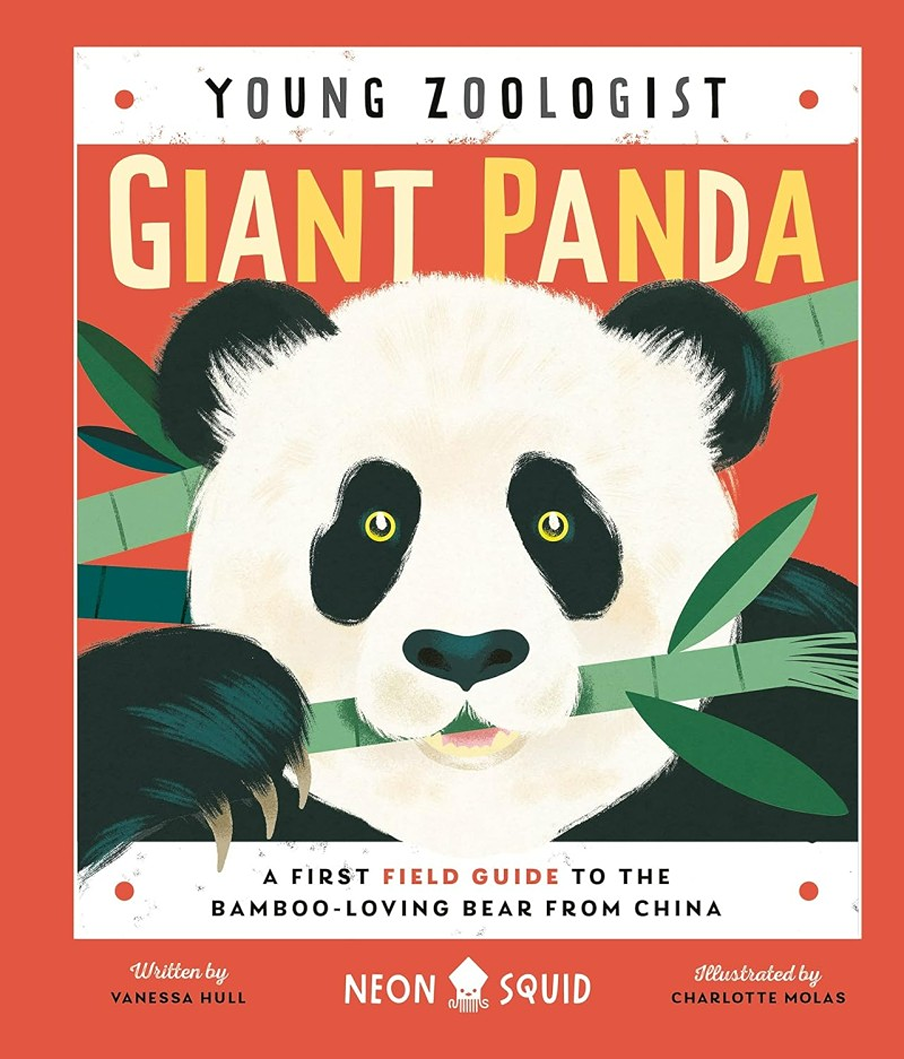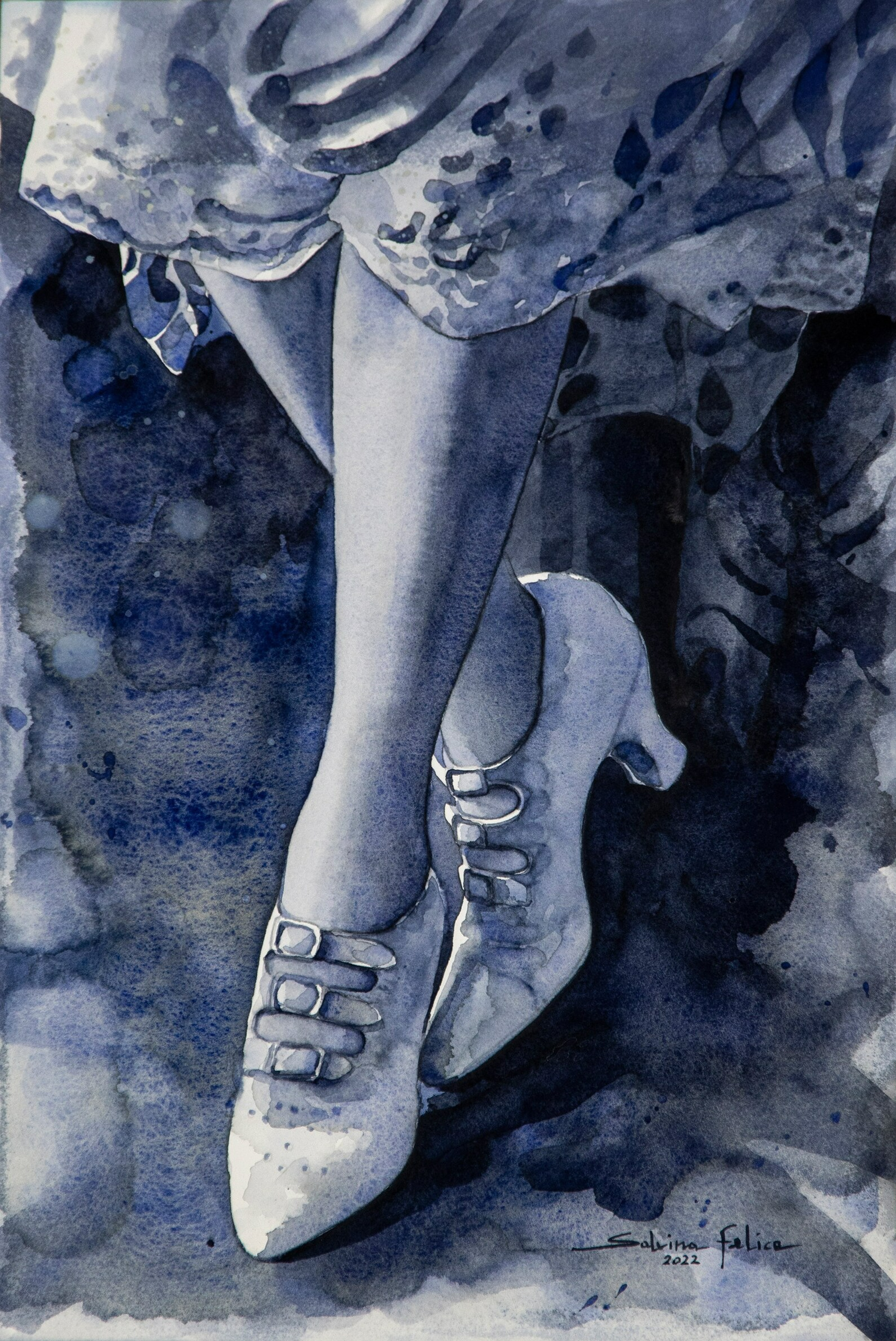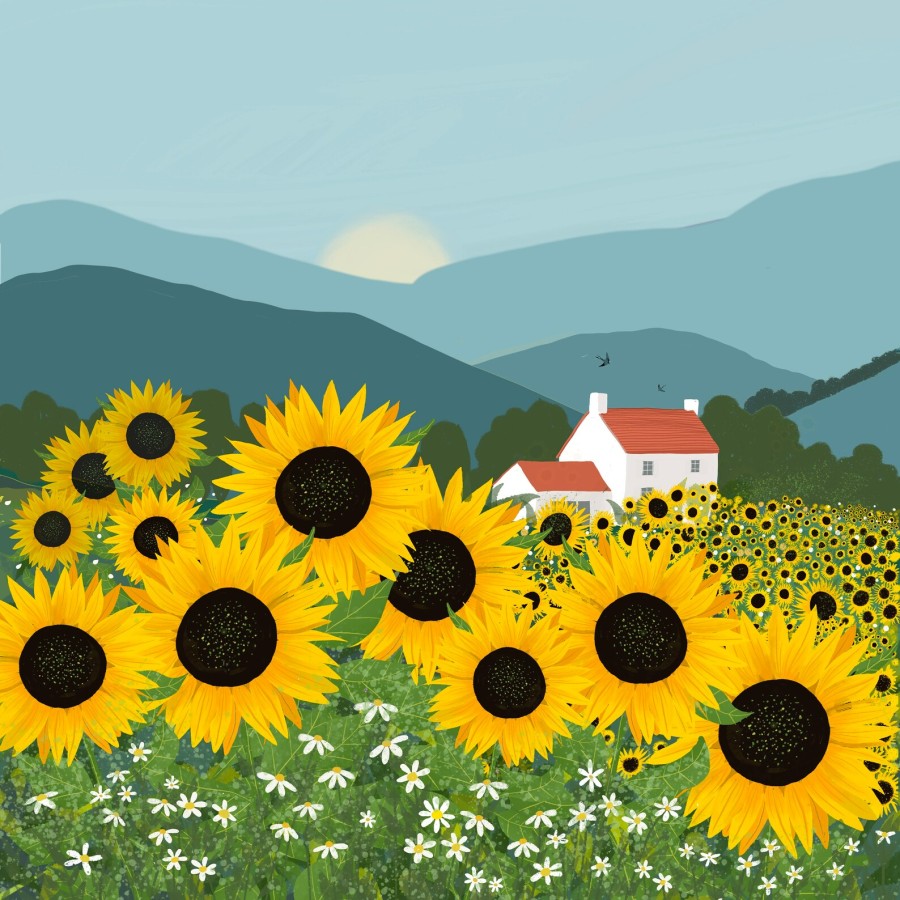
If you’re feeling depressed, there is little that can cheer you up than seeing a field of yellow sunflowers. They are also one of the easiest flowers to grow (good for children as they grow fast, keeping interest piqued). Native to the Americas, sunflowers arrived in England from Russian royalty, and have been one of our most popular flowers ever since. One painter who suffered from depression was Vincent Van Gogh (he died penniless, yet his painting of sunflowers is now one of the most expensive pieces of art in the world).
Although sunflowers are listed as nontoxic to dogs, cats and rabbits, it’s best to deter pets eating flowers (a couple of sites say sunflower petals are toxic to guinea pigs). If growing sunflowers, learn how to make gardens safe for pets. Indoors, never face indoor foliage to gardens, to help stop birds flying into windows.
Sunflowers need a good 6 to 8 hours of sunshine a day to grow, and the soil should have good drainage, so their roots don’t get waterlogged. A sunflower head is actually a series of small flowers (not just one) with the seeds self-pollinating or bees do the work for them, during pollination. Try to plant sunflowers widely spaced (they can reach 16 feet).
Sunflowers are super-clever, as they do a really neat trick! It’s called heliotropism, which means that they literally follow the sun (from east in the morning to following the sun as it moves). Mature flower heads do still face east.
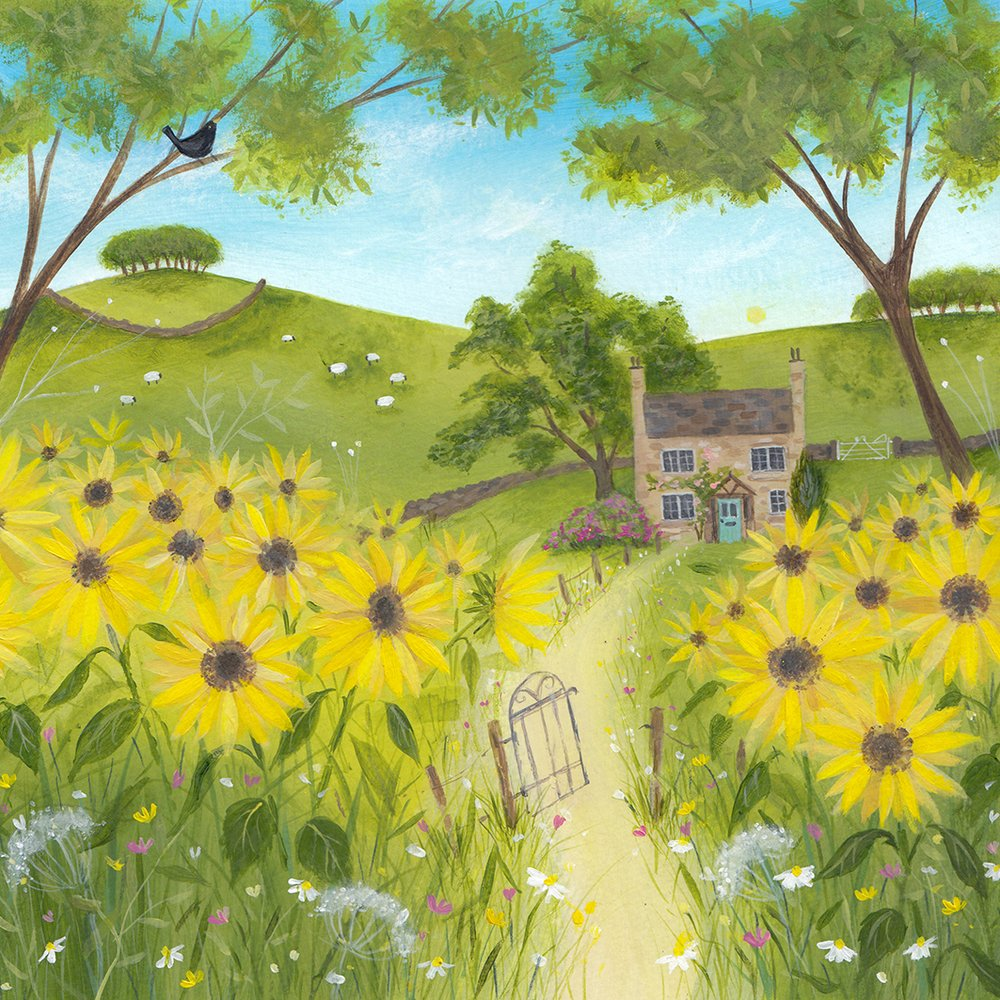
Not just for giving us pleasure, but many parts of the sunflower plant can be used. The seeds are good to eat, the oil is used for cooking and you can even mill sunflowers to make flour and ‘sunbutter’. Some people even take the seeds out to make biodegradable scrubbing pads. They have even been planted in high-radiation areas (like Chernobyl) to absorb dangerous chemicals.

